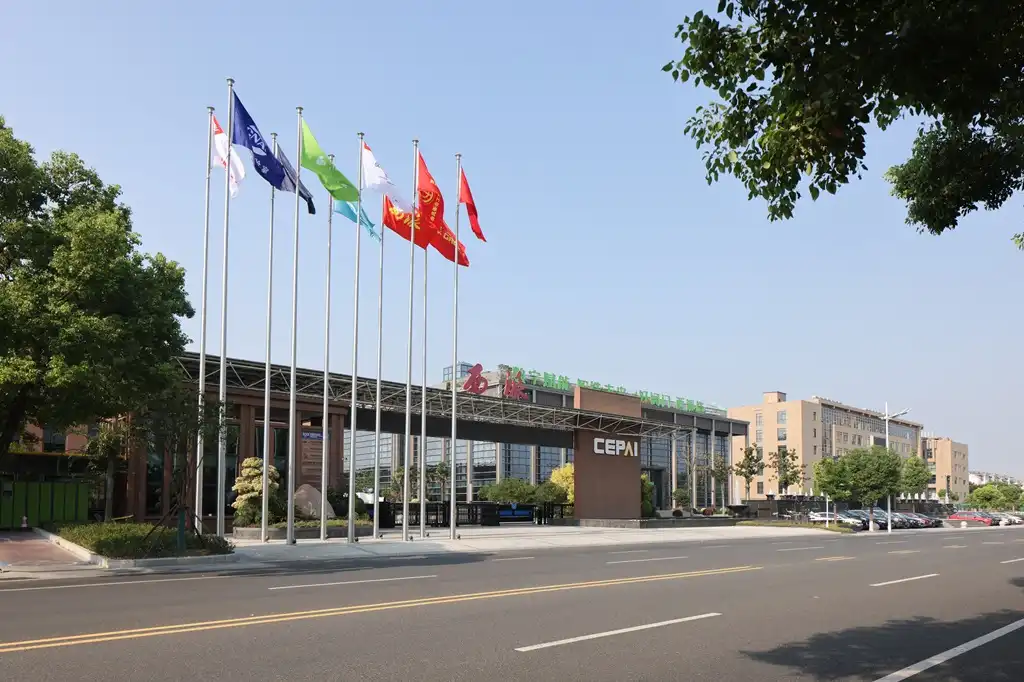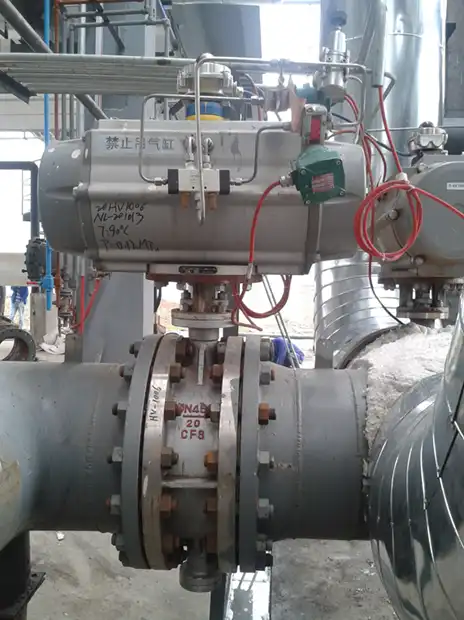Understanding Butterfly Valve Basics and Types
What is a Butterfly Valve?
A butterfly valve is a quarter-turn rotational motion valve widely used to regulate flow across various industries. It features a disc that rotates around an axis, effectively controlling the flow of liquids, gases, or slurries. Known for its compact design, quick operation, and cost-effectiveness, butterfly valves have become a popular choice in many applications. They are commonly employed in sectors such as water treatment plants, chemical processing, and oil refineries due to their reliable performance and ease of maintenance.
Types of Butterfly Valves
There are several types of butterfly valves, each designed for specific applications:
- Concentric butterfly valves: The most common type, featuring a centered disc and seat design.
- Eccentric butterfly valves: Designed with an offset disc for improved sealing and performance in high-pressure applications.
- Double-eccentric butterfly valves: Offer enhanced sealing capabilities and are suitable for more demanding environments.
- Triple-eccentric butterfly valves: Provide the highest level of sealing and are ideal for extreme temperature and pressure conditions.
Key Components of a Butterfly Valve
Understanding the main components of a butterfly valve is essential for proper selection:
- Body: The outer shell that houses the internal components.
- Disc: The circular plate that rotates to control flow.
- Seat: The sealing surface that ensures tight shut-off when the valve is closed.
- Stem: The shaft that connects the disc to the actuator.
- Actuator: The mechanism that operates the valve, which can be manual, pneumatic, hydraulic, or electric.
Factors to Consider When Selecting a Butterfly Valve
Application Requirements
When choosing a butterfly valve, carefully evaluate your application's specific needs:
- Flow rate: Determine the required flow capacity and choose a valve size accordingly.
- Pressure rating: Ensure the valve can withstand the system's maximum operating pressure.
- Temperature range: Select materials that can handle both high and low temperature extremes.
- Media type: Consider the compatibility of valve materials with the fluid or gas being controlled.
- Frequency of operation: Choose a valve design that can withstand the expected number of cycles.
Material Selection
The choice of materials for your butterfly valve is critical for longevity and performance:
- Body materials: Common options include cast iron, ductile iron, carbon steel, and stainless steel.
- Disc materials: Choose from stainless steel, aluminum bronze, or specialized alloys for corrosive environments.
- Seat materials: Consider options like EPDM, PTFE, or Viton based on chemical compatibility and temperature requirements.
- Stem materials: Stainless steel is commonly used, but exotic alloys may be necessary for harsh conditions.

Actuation and Control
Select the appropriate actuation method based on your operational needs:
- Manual operation: Suitable for infrequent use or smaller valves.
- Pneumatic actuation: Ideal for remote operation and quick response times.
- Electric actuation: Offers precise control and is well-suited for automation systems.
- Hydraulic actuation: Provides high torque for large valves or high-pressure applications.
Advanced Considerations for Optimal Butterfly Valve Selection
Industry-Specific Standards and Certifications
Ensure your chosen butterfly valve meets relevant industry standards:
- API: American Petroleum Institute standards for oil and gas applications.
- ASME: American Society of Mechanical Engineers codes for pressure vessels and piping.
- AWWA: American Water Works Association standards for water treatment and distribution.
- ISO: International Organization for Standardization guidelines for quality and performance.
Maintenance and Serviceability
Consider long-term maintenance requirements when selecting a butterfly valve:
- Ease of disassembly: Choose designs that allow for simple inspection and parts replacement.
- Availability of spare parts: Ensure that replacement components are readily available.
- Lubrication needs: Select valves with appropriate lubrication systems for your maintenance schedule.
- Corrosion resistance: Opt for materials and coatings that minimize corrosion in your operating environment.
Total Cost of Ownership
Evaluate the long-term financial implications of your butterfly valve selection:
- Initial cost: Balance upfront expenses with expected performance and longevity.
- Energy efficiency: Consider the valve's impact on system pressure drop and pumping costs.
- Maintenance costs: Factor in the expenses associated with routine upkeep and potential repairs.
- Downtime costs: Assess the potential impact of valve failure on your operations.
- Lifecycle expectations: Compare the expected service life of different valve options.
Conclusion
Selecting the right butterfly valve for your application requires a thorough understanding of your system requirements, operational conditions, and long-term goals. By carefully considering factors such as valve type, materials, actuation method, and industry standards, you can make an informed decision that ensures optimal performance and reliability. Remember to balance initial costs with long-term benefits and seek expert advice when necessary. With the right butterfly valve in place, you'll enhance your system's efficiency, safety, and overall effectiveness.
Contact Us
For expert guidance on selecting the perfect butterfly valve for your specific application, trust the experienced team at CEPAI Group. Our comprehensive range of high-quality valves and commitment to innovation ensure you'll find the ideal solution for your needs. Contact us today at cepai@cepai.com to discuss your requirements and discover how our products can elevate your operations.


_1746598525968.webp)



